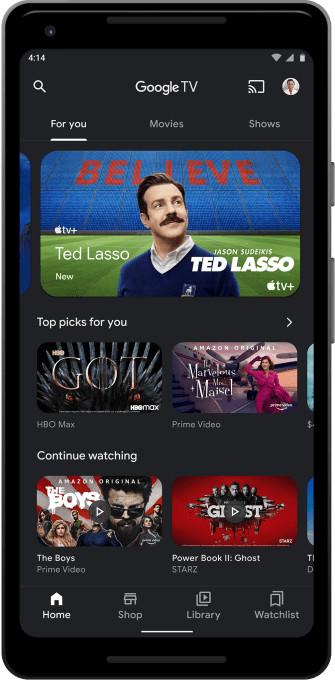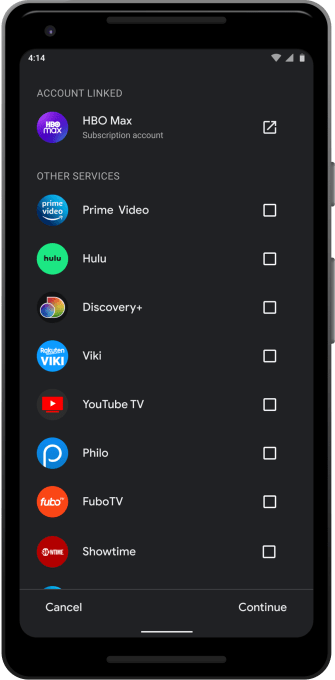Today after the bell amidst a deluge of major technology company earnings reports, Alphabet reported its own second-quarter performance. The search-and-services company posted revenues of $61.9 billion in the June 30, 2021 quarter, net income of $18.5 billion, and earnings per share of $27.26. Those figures work out to top-line growth of 62%, and net income expansion of 166%. Naturally Google is currently being compared to pandemic-impacted Q2 2020 results, but its gains are noteworthy regardless.
The Android-maker’s results trounced expectations, with the street only expecting Google’s parent company to post $56 billion in total top line and $19.14 in earnings per share. Notably Alphabet shares are up around a single percentage point after hours, mirroring a similarly muted market reaction to better than officially anticipated earnings results from Microsoft.
Alphabet is a company with a number of moving parts, so let’s unpack the numbers a little bit.
YouTube’s reported revenue of $7 billion is up 84% year over year. This feels like a strong result, frankly, given YouTube’s age. That said, your humble servant wonders how much heavier the ad load can get on YouTube before a rival service steals some of its oxygen. In a separate note, YouTube disclosed that its YouTube Shorts product has “surpassed 15 billion global daily views,” up 131% from the 6.5 billion global daily views that it detailed in March. (Everyone wants to eat TikTok, it seems.)
Google Cloud reported revenue of $4.6 billion, up 54% year over year. That growth rate is slightly above what Microsoft posted for its Azure cloud unit. However, as the Microsoft effort is considered to be larger than Google’s own in revenue terms, investors might have anticipated a larger growth ∆ than what Mountain View just detailed. Google Cloud cut its operating loss from $1.4 billion in the year-ago Q2 to a far more modest $591 million deficit in its most recent quarter. That’s honestly rather good.
On the Other Bets side of things, revenues rose! But so did losses. The skunkworks group at Alphabet posted $192 million in revenue, up from $148 million in the year-ago period. But the collection of trials and errors lost $1.4 billion in the quarter, up from $1.1 billion in the corresponding year-ago period.
Naturally with operating income of $19.4 billion inclusive of its Other Bets cost center, Alphabet can well afford to continue spending on what projects that may in time generate material future revenues.
Still, everything at Alphabet that is not Google’s core offerings (search, YouTube, etc.) lost money in the quarter:

Image Credits: Alphabet
The real story, however, is in the epic gains that Alphabet posted in operating income from Q2 2020 to Q2 2021. Just look at that acceleration in operating income! It’s a somewhat befuddling result in terms of its quality.
What else to take note of? Google’s share repurchase program has been modified some, but not in a manner that should impact regular investors. So we can leave Alphabet’s quarter content that the company did well enough to defend its market cap of just over $1.75 trillion, even if it did not manage to add too much to the figure in after-hours trading thus far.
It’s a great time to be a huge tech company.
from Android – TechCrunch https://ift.tt/3zIhg21
via IFTTT




